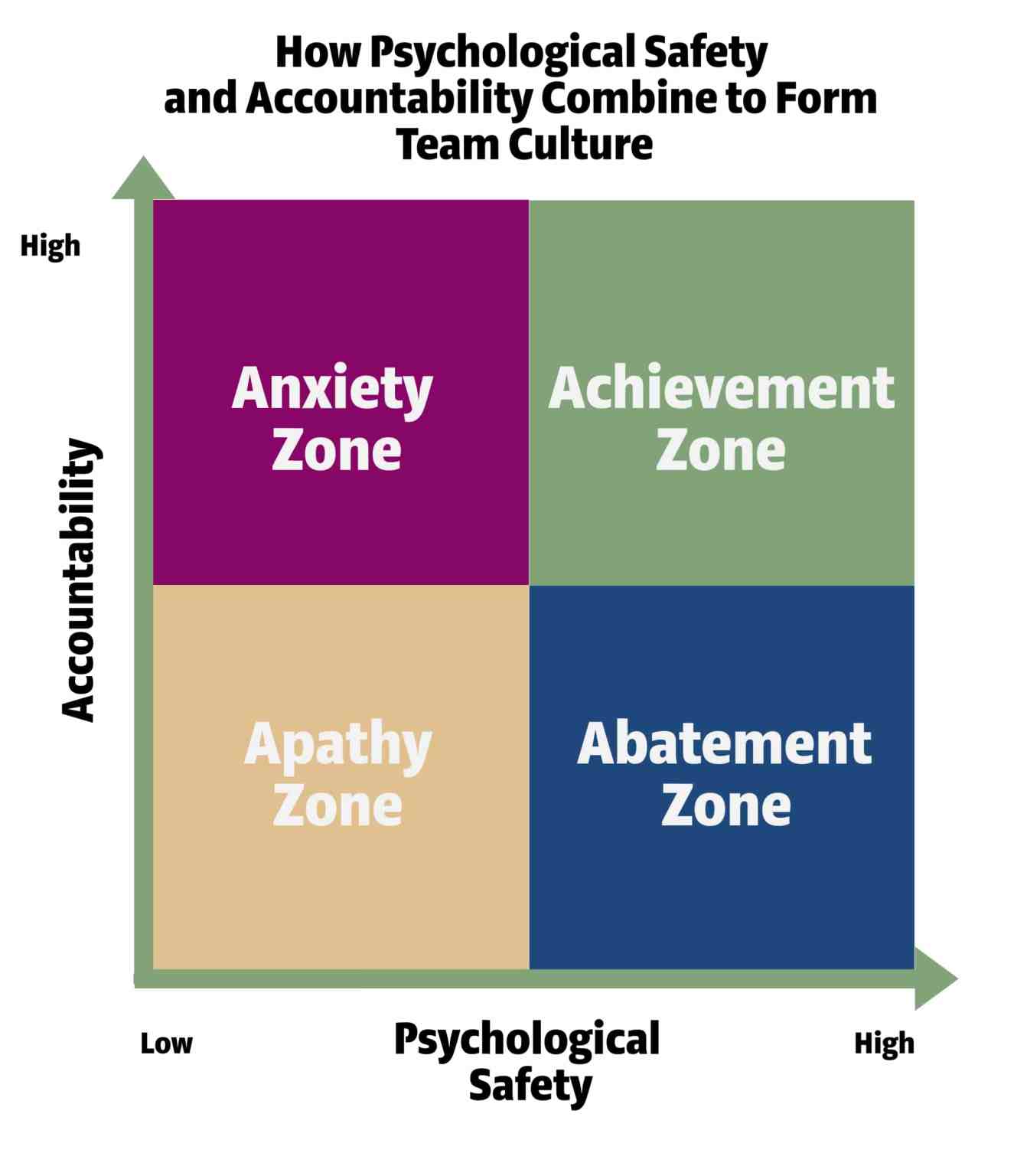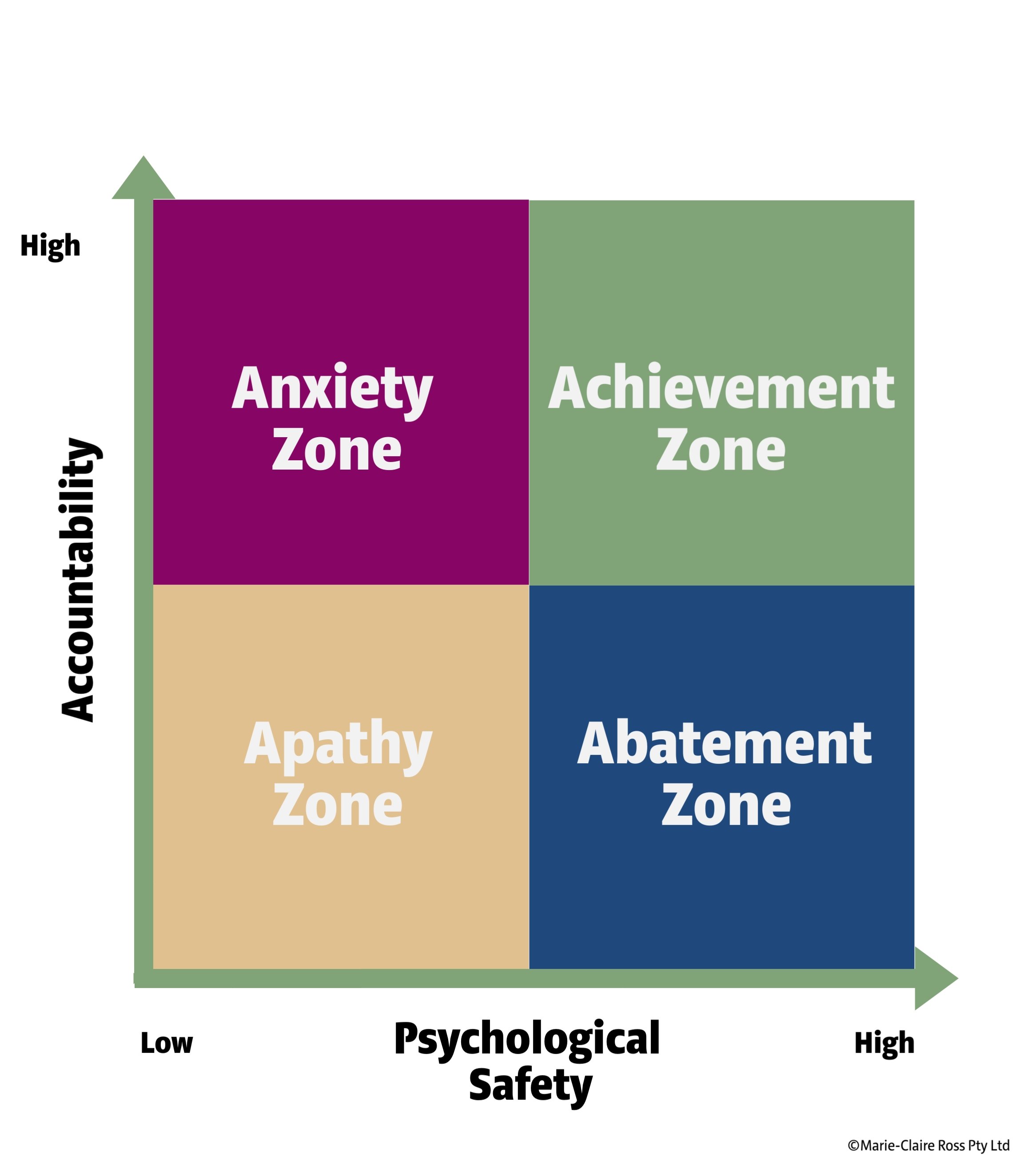Leaders who help each of their employees feel valued for their contribution, supported to achieve challenging goals and clear on what they need to do foster engaged employees with high levels of wellbeing.
Yet, no matter how effective employees are on their own, their real power is unleashed when they contribute as part of a collective.
ADPRI research found that workers who reported that they felt part of a team were not only 2.7 times as likely as others to be fully engaged, but also 3 times more likely to he highly resilient and twice as likely to report a strong sense of belonging to their organisation.
You can think of it as like being a scene in Ratatouille. In the Pixar movie, Remy the rat explains to his brother how two unique foods taste better together than each one individually. In the animation, Remy starts by tasting a berry. Then, he slowly nibbles on some cheese, followed by a rather excited action of combining them both together in his full mouth. Colourful fireworks flash in his mind as he experiences something new.
While Remy might have got excited by mixing berries and cheese, the real fireworks occur when you combine other ingredients to the cheese and berries. Mix in some flour, sugar, vanilla essence and butter and you get an amazing strawberry cheesecake. That's what a capable team is all about - bringing together lots of diverse people to make something greater than the sum of its parts.
Successful teams not only improve how individuals experience their work (improving their mental health, capabilities and engagement), but they also create something better than they could alone (innovation and productivity).
Yet, few leaders leaders take full advantage of the power of their team. You see this reflected in management systems that are set up around individuals and who they report to, rather than which teams they are in. Even coaching is always around individuals, not teams.
As a result, team leaders let teamwork occur more organically around the work that needs to be done - missing out on opportunities to leverage the fireworks that spontaneously arise when a group of engaged minds work together on something bigger than what they can achieve on their own. Like making a beautiful strawberry cheesecake, you could say.
To fully leverage the power of teams, leaders need to focus on their team dynamics. They need to not only do one-on-one coaching, but team coaching as well.
A leader’s role in this process is to establish the behaviours and structures that support the team as a whole. This includes prioritising team work, providing clear working agreements, designing appropriate team rituals, managing accountability equitably, facilitating learning opportunities, removing roadblocks and putting communication or relationship building opportunities in place.
Essentially, it requires leaders to focus on building trust on two distinct levels:
- Building trust with each individual in the team and
- Fostering trust between team members.
Let's take a look at six steps to do this in your team meetings:
1. Creating Team Rituals
Meeting rituals are an opportunity for leaders to set the scene on how they expect team members to work together and deliver on a collective goal. Just like how rituals in religious institutions bond people together so that they know what’s expected of them.
Create thoughtful rituals for your meetings, in order to encourage psychological safety and sense of belonging, so that you make people feel valued and seen.
For example, Coda, a financial management software company has team meetings that start with a check in and end with a check out.
Designed to be a bit of an ice breaker and to help people focus on the meeting, everyone gets the opportunity to share what's going on in their mind. During the one minute check in, people can share their child was sick all night and they've had little sleep or that they attended a music festival on the weekend.
It's designed to embed the culture of psychological safety, so people feel that they are valued and heard, even with information that is outside of work.
The check-out ritual then bookends the meeting which provides five minutes, for people to again, say anything that they are excited or energised about. It could be, “I'm excited about going for a walk now that I'm done with my meetings.” Or it could be, “I'm so energised about what we just came up with about implementing.”
2. Visibility of accountability
One of the biggest complaints about team leaders are when poor performers get away with not pulling their weight. This becomes more of an issue in hybrid teams when team mates can't see if their colleague is working. Employees want to see fairness in their teams and that everyone is contributing to the best of their abilities.
In weekly team meetings, encourage each team member to talk about what they're working on, their progress and what's keeping them stuck, in order to help everyone understand their contribution to the team.
Make each individual responsible for gathering this information and presenting it. This is important because we only trust colleagues who are competent at their job. Encouraging each member to prove their competency will help others trust them.
3. COLLECTIVE Team Learning
Team meetings are an ideal time to focus on learning. The more your team consistently learns and grows together over time, the more substantial your progress.
Best practice is to start every meeting with learning, before you get consumed with the day to day. This requires setting aside around 5-10 minutes on your agenda dedicated to learning. Yes, you guessed, it, it's about creating a team ritual.
Getting started will mean resetting the team around the importance of learning. You will need to explain why it's important and what you hope to achieve, otherwise people will complain that their time is being wasted.
Remember, it's not about the urgent stuff. It's about what you are all learning in between the urgent stuff. The meaning behind the work being done collectively. Focusing on the learning and growth helps people to more deeply understand the meaning behind the work they do. You can chunk this down into individual (to help people learn about each other more), project (what did or didn't work) or team level learning (to improve capabilities as a team and remove roadblocks).
It can be as simple as asking everyone 1-2 questions such as "What's working in our team?" Followed by "What's not working in our team?" Not only does this give people the opportunity to contemplate what is giving them satisfaction, it also gives them the opportunity to vent. As a leader this is powerful, as you can then work on providing the resources your team needs to do their best work.
Each week or month you can then ask a different question to really have meaningful conversations where everyone is learning about one another on a deeper level, ensuring that you work better together. Additionally, you can carve out dedicated learning time by having regular after action reviews after each team project to learn collectively from successes and failures.
4. Focus on the Collective Team Impact, Not Individuals
When organisations have a focus on individual goals and KPIs, it's more likely that the team will be misaligned. Prioritisation will be more around individual agendas that can easily cause a lot of conflict in teams.
Setting the team up for success requires establishing clear team goals that help individuals understand how their work ladders up to the bigger picture. It's empowering employees to work autonomously for the good of the team and know what projects they can say no to that don't contribute to the vision.
Work with your team to develop team goals that are the best fit for the team and the work involved. Developing the right team goals and KPIs is a process of deep discussion. Get it right and not only do you gain alignment on the work, but your team will communicate better, be more motivated, make decisions faster, and be more productive.
This is all about helping each team member truly understand that the more the team succeeds, the more they succeed.
Once you have worked on the team goals and how you will measure success, you have to walk the talk, so to speak. Ensure both your verbal and non-verbal language send the right messages that it's about people working together as a team.
This means using language that focuses on 'we,' rather than 'I' or 'you'. It means verbally recognising individuals for good work and then explaining how that helps the team. It's about calling out examples of great team work you have seen and linking it to team and customer results. It's about encouraging team members to help each other and not creating a competitive environment that works against teamwork.
COACHING Teams IN THE WORKPLACE
Today, teams have shorter cycles and fewer resources to deliver results. They need leaders who can help them shift the focus from individual performance to collective impact.
This requires leaders who encourage team members to see beyond their job descriptions, understand one another better and be willing to learn and fail together. This requires not only working on building stronger relationships in the team, but strengthening collaboration skills to collectively take ownership and solve business challenges.
Leaders who can adopt both a one-on-one and team coaching approach are uniquely positioned to help their teams weather any challenge. They create sustainable Achievement Zone teams that take on ambitious goals, know the competitive landscape, innovate and clear the toughest obstacles and own the idea of building a better future for the company.


